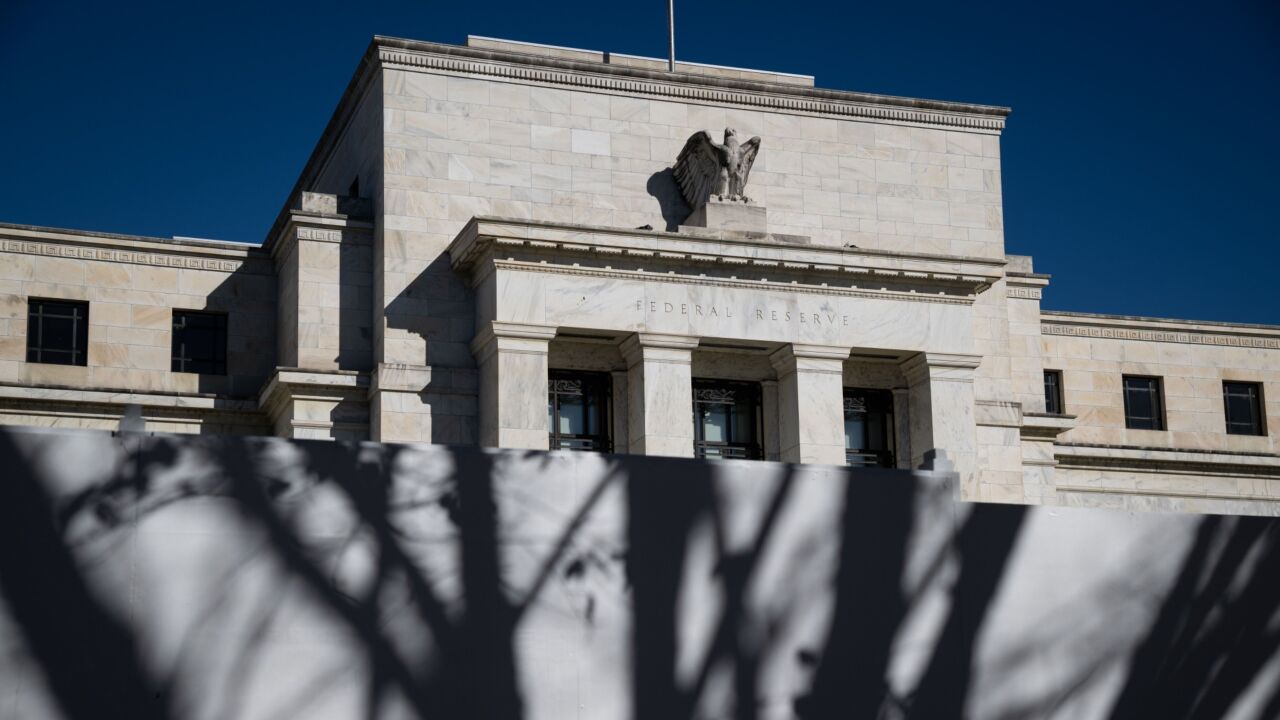John Hancock Financial Services rode proprietary annuities to a 71% increase in fixed-annuity sales through banks in 2001, according to Bruce Jones, the companys senior vice president of annuity distribution.
Now it hopes that proprietary agreements will do the same thing for variable-annuity sales, Mr. Jones said.
Approximately 50% of our fixed-annuity sales are of proprietary products, and that trend is increasing, he said. Were hearing a lot of interest on getting proprietary variable annuities in place. We just started with one, with HSBC, in October.
John Hancocks fixed sales rose to $1.269 billion last year, making it the eighth-largest fixed annuity provider through banks, according to the Kenneth Kehrer Associates bank-annuity sales study. Hancocks variable sales, however, dropped 61%, to $60 million. This decline exceeded the industrywide drop of 29% in variable sales through banks last year.
But we are seeing a renewed interest in variable annuities, Mr. Jones said.
Mr. Kehrer, the president of the Princeton, N.J., consulting firm, said that proprietary annuities are a good way to increase sales of both fixed and variable products.
The popularity of proprietary annuities continues to grow, and I expect that trend to continue, he said.
Kehrer Associates surveyed 14 fixed-annuity providers, which accounted for 81% of fixed sales through banks last year, and 47% of their sales were of proprietary annuities. The study defined proprietary fixed annuities as products for which either a bank managed funds or a banks name was on the annuity. Hancock was among the 14 providers surveyed.
On the variable side, 33% of all variable premiums through banks in 2000 were of proprietary annuities, Kehrer Associates said. This was up sharply from 19% in 1999 and 13% in 1997. The consulting firm has not yet computed 2001 sales numbers for proprietary variable annuities.
I figure theyll be up again [in 2001] as well, similar to where they are in fixed sales, with nearly half the bank sales being of proprietary products, Mr. Kehrer said. As the licensed banker starts to sell more in variable annuities, were going to see proprietary annuities do well because the culture of the bank and their bankers is to sell bank products, and a proprietary variable annuity has the bank name on it.
When most of the VA sales were coming from bank brokers, this wasnt the case because bank brokers have a bias against proprietary products. The culture of the stock broker is to be more independent, he added.
Craig Whitehead, a senior consultant at Milliman USA in Chicago, said proprietary variable annuities should stimulate sales because the bank is giving the product a stamp of approval.
People that buy a VA from a bank, like their bank, and theyll buy a product with a banks name on it, Mr. Whitehead said. The bank is endorsing the product because they can say that they had access to every variable annuity and they selected this one. Customers pay attention to this.
But Mr. Whitehead said a proprietary variable annuity could also backfire.
Banks dont want to get into property and casualty insurance partially because theyre worried that a claim could go bad, Mr. Whitehead said. Its the same thing here. What if the performance of the proprietary annuity goes poorly? That could damage the relationship.
Mr. Jones at Hancock said the company does not have a timetable for launching proprietary variable annuities.
From beginning to end, it generally takes six to nine months to create a proprietary variable annuity, so were figuring we can only create a few of these in a year, Mr. Jones said. But were in constant discussion, and if the market isnt as tough as it was last year, were optimistic that deals can be struck.





